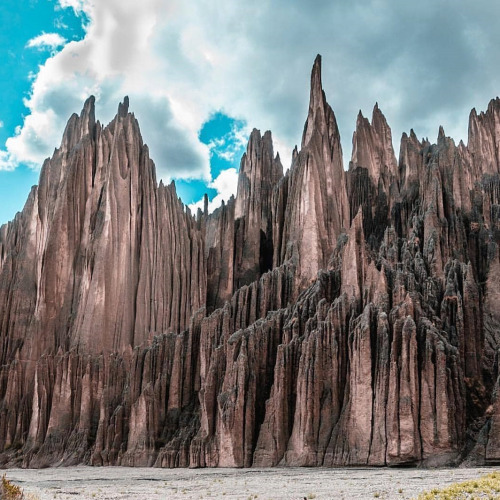Geology - Blog Posts
I just finished my geology midterm!! Real anxious about the results but i should definitely get above an 80% so it should be fine. I was sooo stressed about it it totally ruined my sleep schedule for the past week gods. I am TIRED!!!





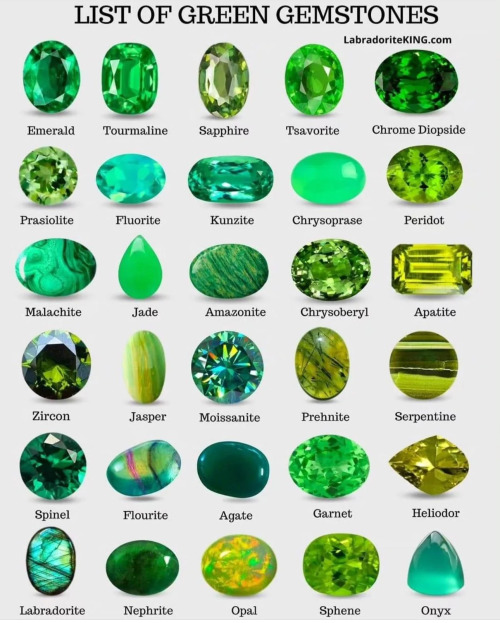
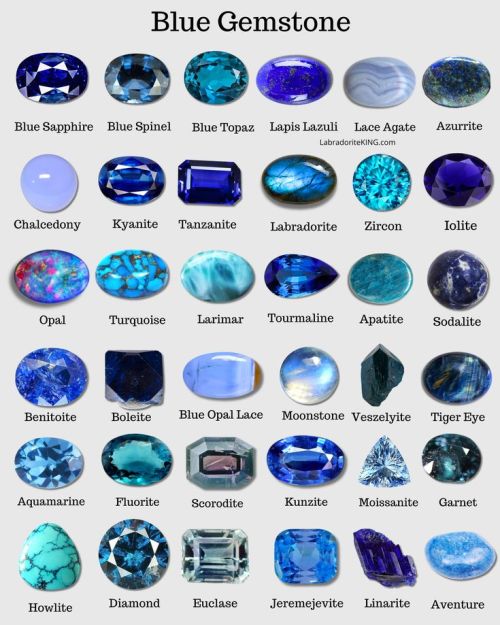
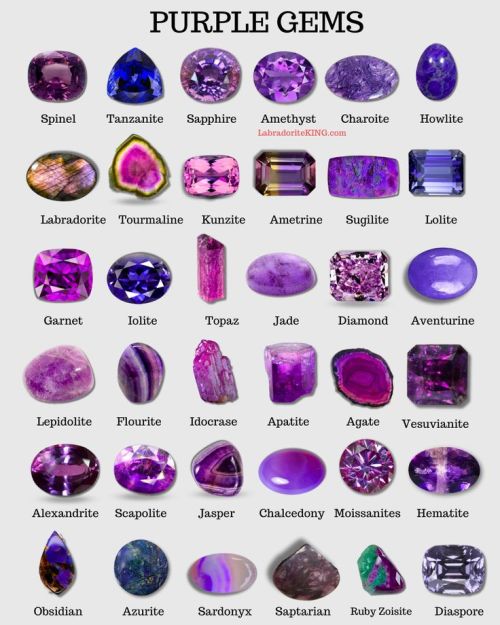

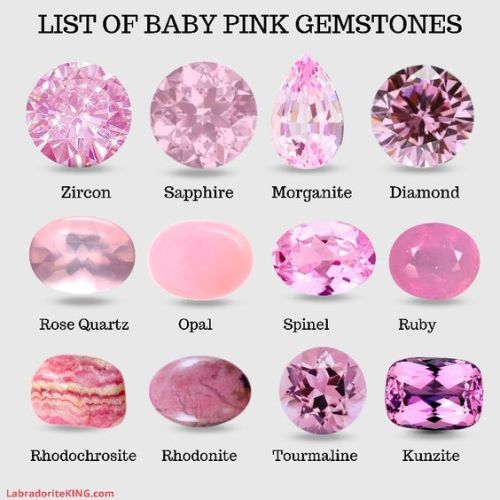
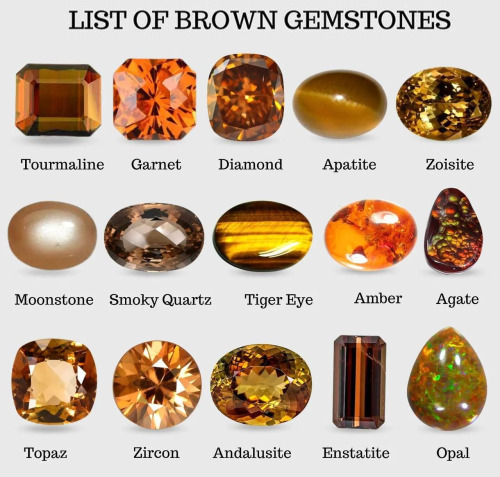
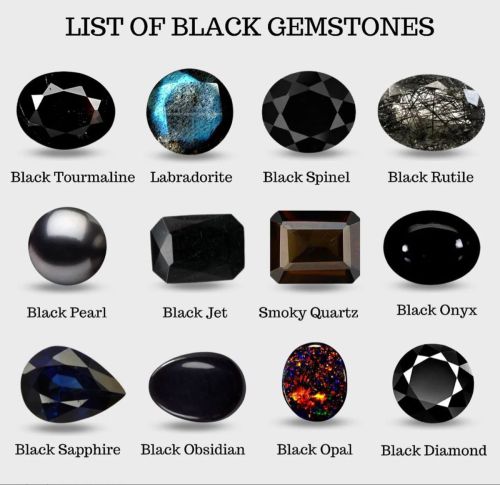
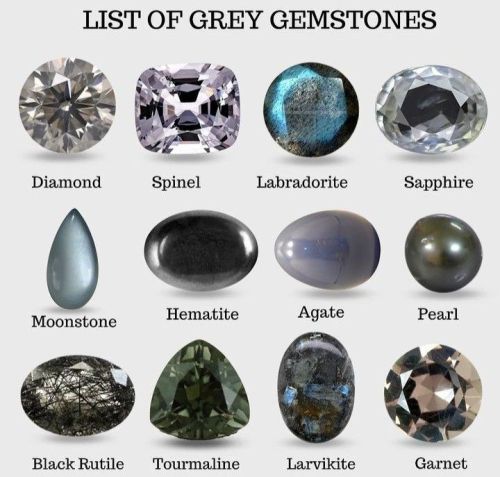
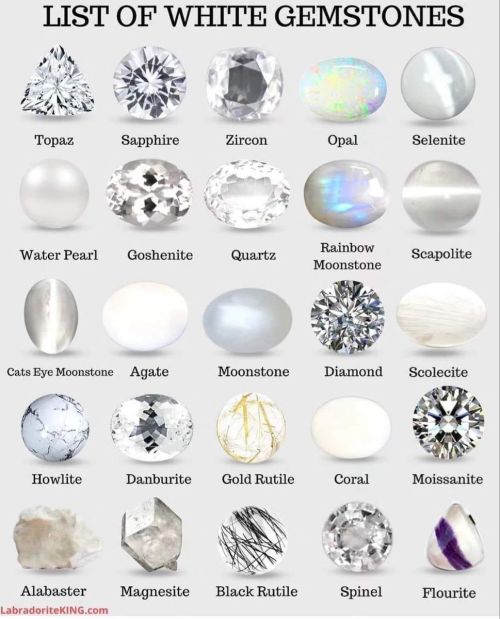



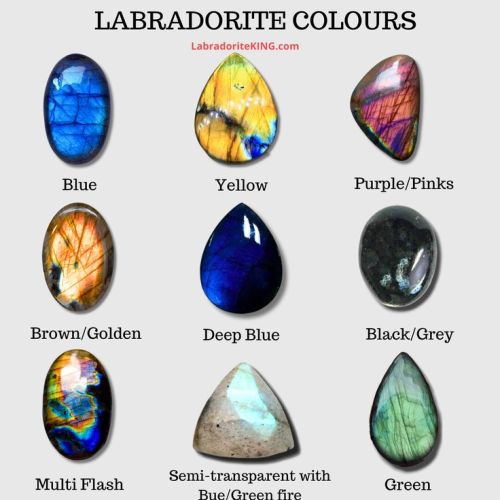
By LabradoriteKing on Pinterest
To elaborate on the "pretty sure" part:
The Lituya Bay 1958 wave measurement is a little wacky because the 1750 foot height is the height of the trimline where trees were removed opposite the landslide. That's a measure of runup, where water gets pushed higher up the slope by momentum than the actual wave crest, which was probably more like 490 feet tall (still bonkers)!
So it's possible the Greenland wave is actually taller if they're measuring the wave height, but I'm guessing the quoted number is probably also a runup measurement based on trimlines or other evidence which likely puts the Greenland wave in second place. But also it's kind of a nitpick because like, it doesn't matter if the wave in open water is lower if you'd still have to vertically evacuate almost 1/3rd of a mile to get out of the way!
Washington post article link
A landslide in Greenland created a 650 foot megatsunami and the wave made a seiche in the fjord that lasted for 9 days! The seiche created a mystery seismic signal detected worldwide.
I'm pretty sure that's the second largest wave recorded in history behind Lituya Bay (depending on how you measure stuff). That's taller than the space needle!
It seems like the slide may have been destabilized by glacier melt due to accelerating warming in Greenland.
Washington post article link
A landslide in Greenland created a 650 foot megatsunami and the wave made a seiche in the fjord that lasted for 9 days! The seiche created a mystery seismic signal detected worldwide.
I'm pretty sure that's the second largest wave recorded in history behind Lituya Bay (depending on how you measure stuff). That's taller than the space needle!
It seems like the slide may have been destabilized by glacier melt due to accelerating warming in Greenland.
Running the FRANTZ to magnetically separate the garnet from my sample, all the stuff falling out is the less magnetic amphibole. For anyone curious I’m dating the Syros monolith
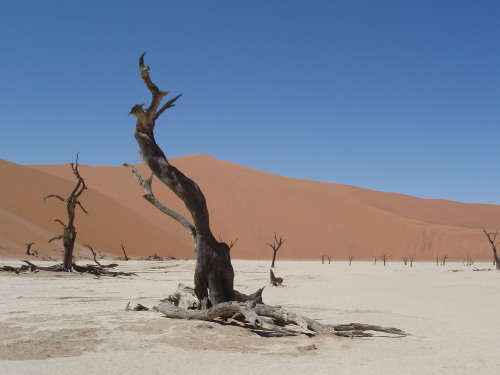
Deadvlei, the dead marsh It is amazing the effect water can have in bringing life, and then taking it from an area. Deadvlei is a white clay pan in Namibia near the Tsauchab River. During an especially heavy period of rain, the river flooded leading to a shallow surface layer of water forming over the clay pan. This water allowed Camel Thorn trees to grow and then mature. However, during a drought the water dried up, and sand dunes around the edge of the clay pan blocked the river’s flood path into the area. This drought lead to the trees dying, approximately 700 years ago. Despite the death of the trees, the skeletons remain and despite being blackened by the sun, appear structurally as they would have when they died. This lack of decomposition has occurred, again, due to lack of water as the trees cannot decompose without it. ~SA Image credit: https://commons.wikimedia.org/wiki/File:Deadvlei_trees_dunes.JPG
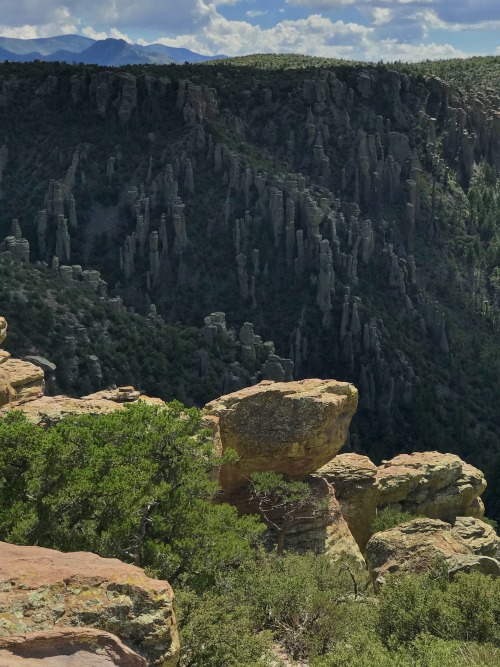
Columns of extrusive igneous rhyolite, Chiricahua National Monument, Cochise County, Arizona.
perezdesevilla
Steamboat Geyser, in Yellowstone National Park’s Norris Geyser Basin, is the world’s tallest currently-active geyser. And here we see it erupting. Impressive!
Steamboat geyser has been erupting pretty often for the last year and a half - not shooting the full football field in height it has before, but erupting every few days to every few weeks. Its behavior is totally unpredictable.



Sauropod Ceiling
Imagine being on a caving trip, looking up at the ceiling, and seeing something fascinating on the roof of the cave you’re in. Apparently that happened to one of the geoscientists who authored a paper on this set of enormous dinosaur tracks found in a cave in southern France.
Keep reading
Amazing aerial tour around Shiprock - a solidified volcanic plug surrounded by dikes of solidified magma, New Mexico/Navajo Nation.
henry_do
The beauty of our world lies in the details.




A Stark Forest Of Standing Stones
The Pinnacles, a stark forest of standing stones on a plain of bright yellow sand.
Thousands of limestone pillars stand in groups in the silence of Western Australia’s south-west ‘Painted Desert’, part of the Nambung National Park. Nothing but the sighing and moaning of the wind breaks the eerie silence of the Pinnacles Desert. Any science fiction writer seeking a setting of a spinechiller need look no further than this alien spot, perhaps the inspiration of the blockbuster movie ‘Pitch Black’?
Keep reading


Helicoprion For over 100 years, the spiral tooth fossils of Helicoprion have baffled everyone who tried to figure them out, and more theories were proposed than you can believe (see top of picture). In the last year, some CT scans done by Leif Tapanila at Idaho State and coauthors have finally nailed down the location of the tooth-whirl: in the throat! The best idea of its purpose is ratcheting its catch down the throat. You can see the current, accepted reproduction at the bottom of the picture (by great Paleo-artist Ray Troll). -MrA Fossil image source: https://en.wikipedia.org/wiki/Helicoprion#/media/File:Spirale_dentaire_d%27helicoprion.jpg
gocmnh
It’s Dunkleosteus, the Devonian Destroyer! This specimen was discovered right here in Cleveland.

Lunar Sand taken from the rim of the Shorty Crater by the Apollo 17 Astronauts. This “Orange Soil” is a result of volcanic activity on The Moon 3.8 billion years ago. It is so spherical and smooth due to the lack of gravity - pulling the molten substance in towards itself at the time of eruption and thus creating these round particles. ⠀
⠀Via Gary Greenberg, Carol Kiely, and Kate Clover
neohumanity
Grand Prismatic Spring: The most beautiful and dangerous hot spring in the world. Filmed from a helicopter 🚁 Shot on
@lexarmemory
.
yeswe_travel
Look how littel I am, next to this massive mountain..
Can you see the beauty around me ✨ .
DE)










Fontainebleau forest in France
All these are post-organic material: a petrified bones and organs of giants.
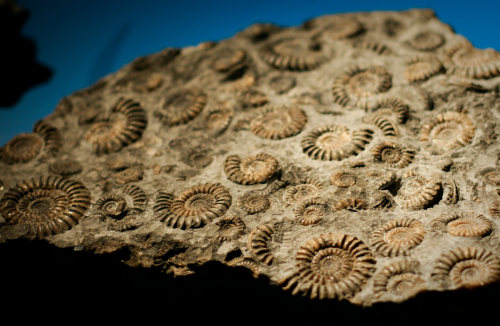
The Ammonoids The Ammonoids are a subclass of cephalopods that inhabited the oceans from the Devonian some 416 million years ago until they went extinct some 65 million years ago. The species evolved and dispersed rapidly around the world and so are some of the best guide fossils for dating the strata in which they are found.
Keep reading

Scene from an ancient sea floor, as if it happened yesterday, however, these are from Permian period (~299–251 million years ago). Some of these fossilized bivalve shells are still articulated, meaning, left and right shells are still closed together. This tells you that particular animal specimen was undisturbed since its death, until now. The hard rock that envelops these shells was once a soft sediment in which these molluscs lived.
South coast NSW, Australia
cosiscience
Walking dinosaur, Columbus Interactive Science Museum












